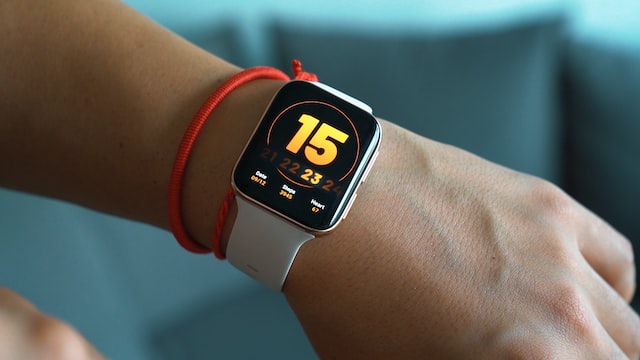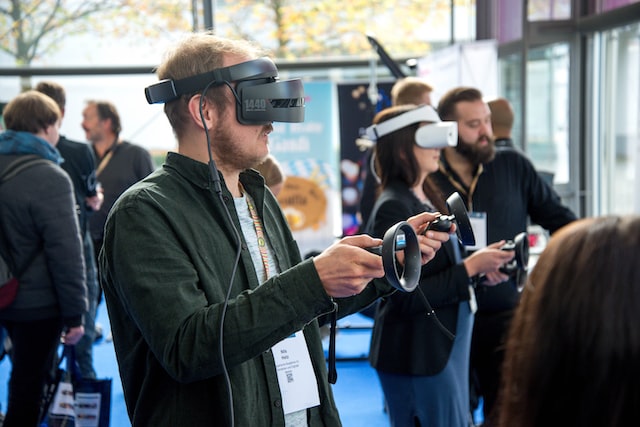How technology has helped in keeping people healthy
Technology is changing the way we live. The Internet has become a major source of information and communication, it has also become a big part of everyday life. There are lots of apps now that allow us to track our fitness levels, manage finances or even control household appliances. Technology is playing a very important role in improving our lives. Let’s see below how technology has helped in keeping people healthy.
E-Health
Electronic health records (EHRs), electronic medical records (EMRs), and personal health records (PHRs) are all terms used for describing computerized patient medical records. It helps doctors and patients to share their medical histories by using computers. Some hospitals even use these technologies as practice management systems which help them to keep track of all their patients. An example of this would be Epic Systems Corporation’s Patient Care System.
Telemedicine
This is another application of technology helping patients who cannot access healthcare due to geographical reasons. Patients can consult specialists without having to visit the hospital. This is possible because they will have video conferences with physicians at different locations. This allows patients who do not want to leave their homes to receive medical care from experts while remaining close to home. Telemedicine has made many types of care possible such as dermatology, cardiology, radiology, neurology, podiatry, orthopaedics, ENT, sports medicine, urology, gynaecology, gastroenterology, ophthalmology, dentistry, etc. By using telemedicine, there are fewer chances of contracting diseases and getting injured compared to those who travel long distances for treatment.

Wearable devices
These gadgets are worn on the body like wristwatches or necklaces and measure vital signs such as blood pressure, pulse rate, blood glucose level, temperature, activity levels, sleep patterns, stress levels, etc. They usually send data to smartphones that display graphs of the measurements taken. These wearable devices are becoming more common among athletes as an aid to monitor recovery after exercise. For instance, Fitbit provides users with a range of products including smartwatches, wireless scales, heart rate monitors, GPS running tracks, and activity trackers.

Mobile Apps
Smartphones are no longer just phones; they have evolved into complete computing devices that can perform many tasks once limited to desktop computers. With the launch of iOS 11, Apple introduced Health Records which lets you store your medical history digitally. You can create free accounts online so that your doctors and researchers can easily view past tests and results. Another app called Welldoc makes tracking your daily activities easy. They provide you with a mobile app where you enter your food intake, physical activity, and sleep patterns. The app then displays a graph of the information entered over time. In addition to making things easier, mobile apps have also improved the quality of life for millions of people across the world.

Virtual Reality
VR headsets connect to smartphones and tablets and immerse viewers in videos and games. Headsets include high-definition screens with headphones that produce 360-degree sound. Some of the popular brands include Google Cardboard, HTC Vive, Oculus Rift, Samsung Gear VR, and PlayStation VR. Some of the best applications of virtual reality include surgery, gaming, education, and rehabilitation. For instance, surgeons now use surgical tools within virtual simulations rather than real ones thus reducing the chances of injuries during operations. In addition to the above-mentioned five areas, other technologies have helped improve the quality of life in the last few years.

3D Printing
This process uses computer-aided design (CAD) software or scanning equipment for creating three-dimensional objects one layer at a time. It was invented back in the 1980s but became prominent when commercial versions were launched around 2010. Despite its name, it creates both 3D models and two-dimensional images of these designs. Different parts used in 3D printing come from plastic, metal, wood, chocolate, wax, clay, and food. Although this technology is still evolving, it has already been applied to virtually every field of manufacturing allowing innovations to be created in nearly any sector.

In conclusion, technology has dramatically transformed most aspects of our lives throughout the ages. We have seen great strides in medicine, communication, transportation, energy production, and much more. We will continue to see even more technological advances in the future that will help us live better and more fulfilling lives.
